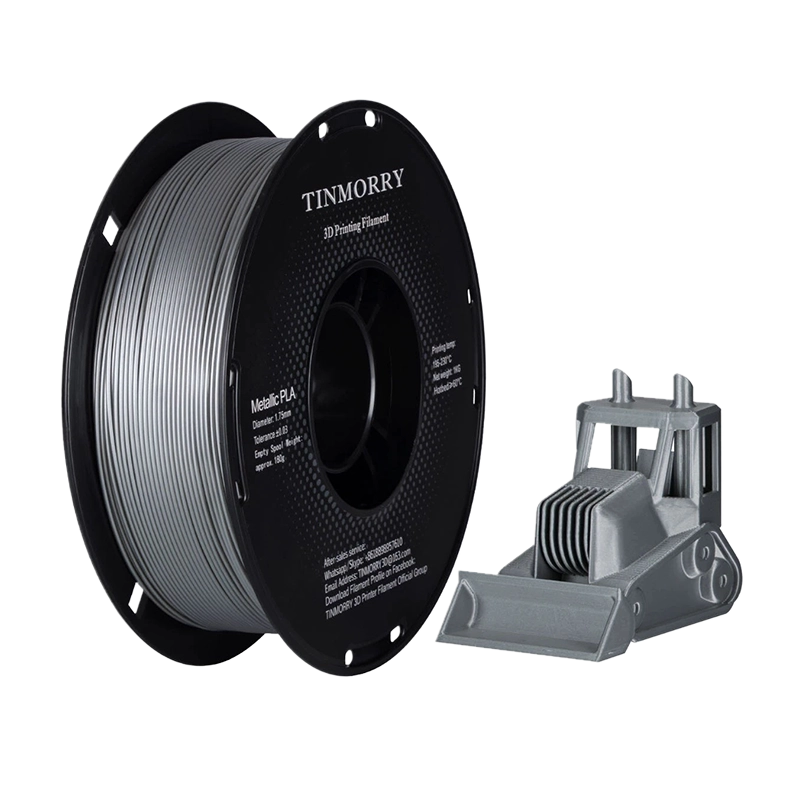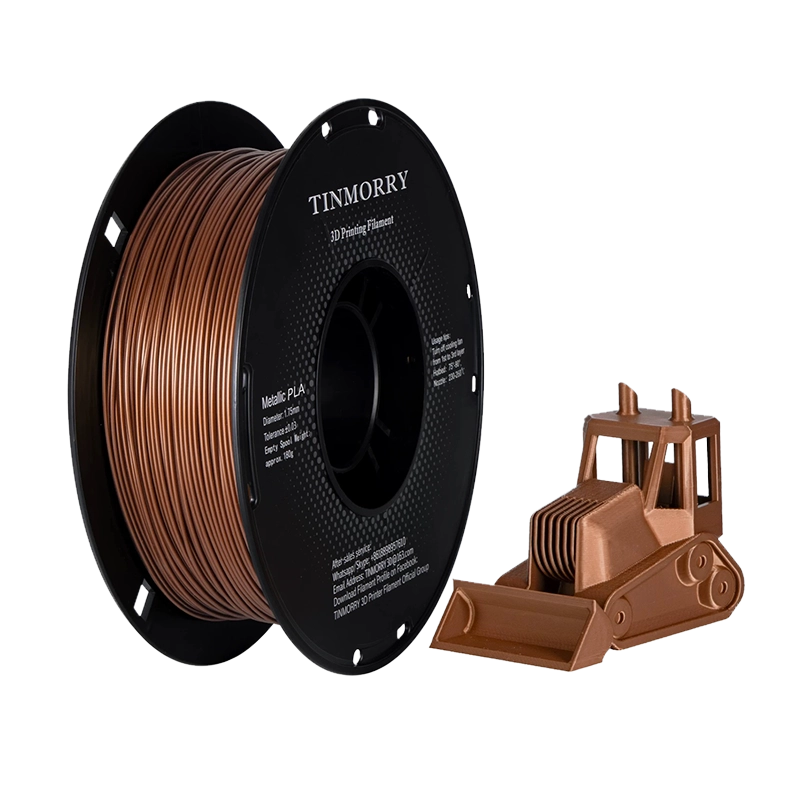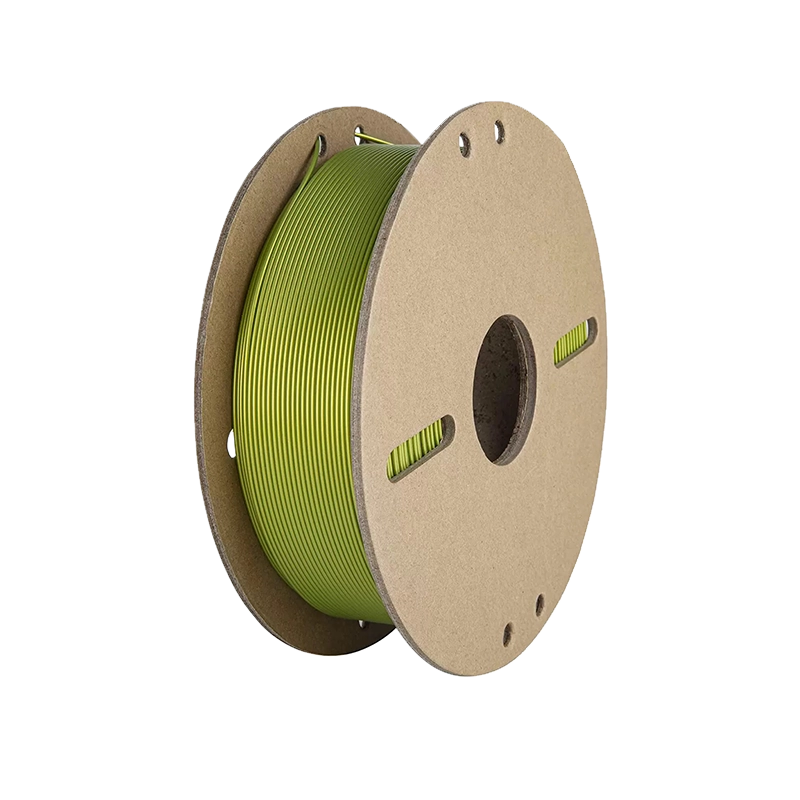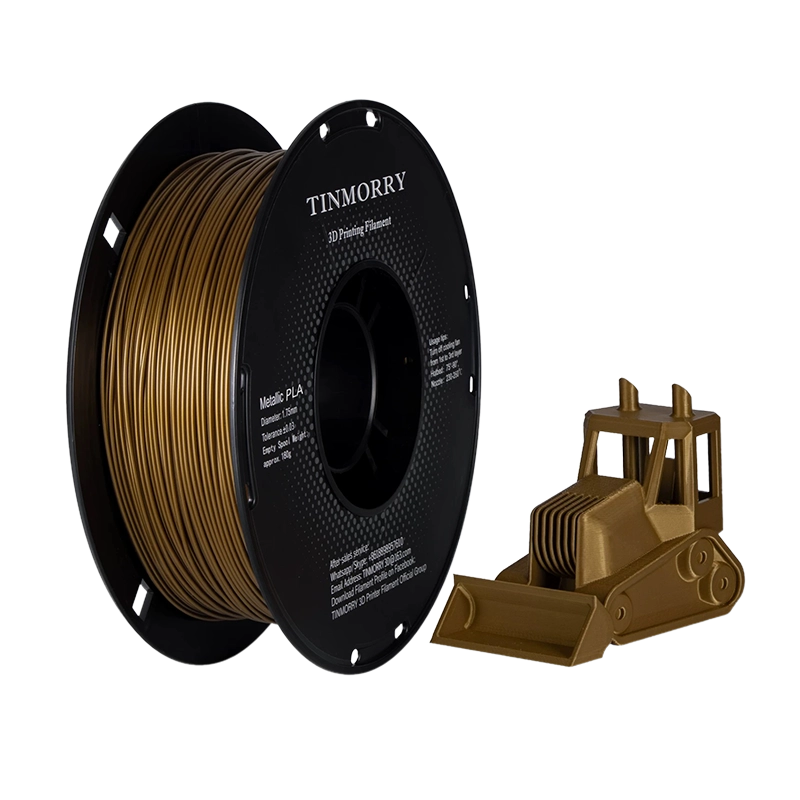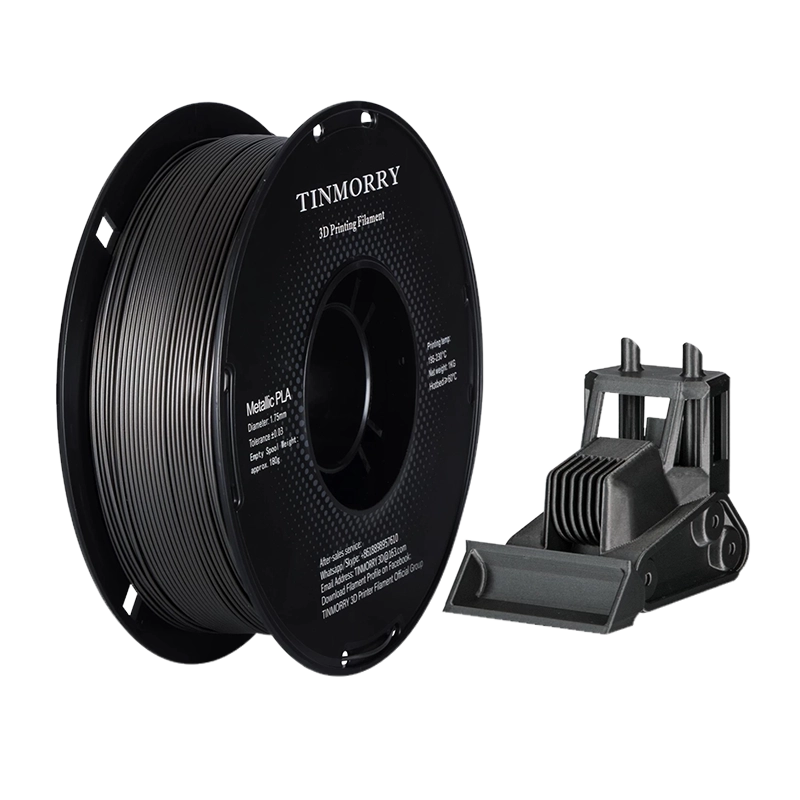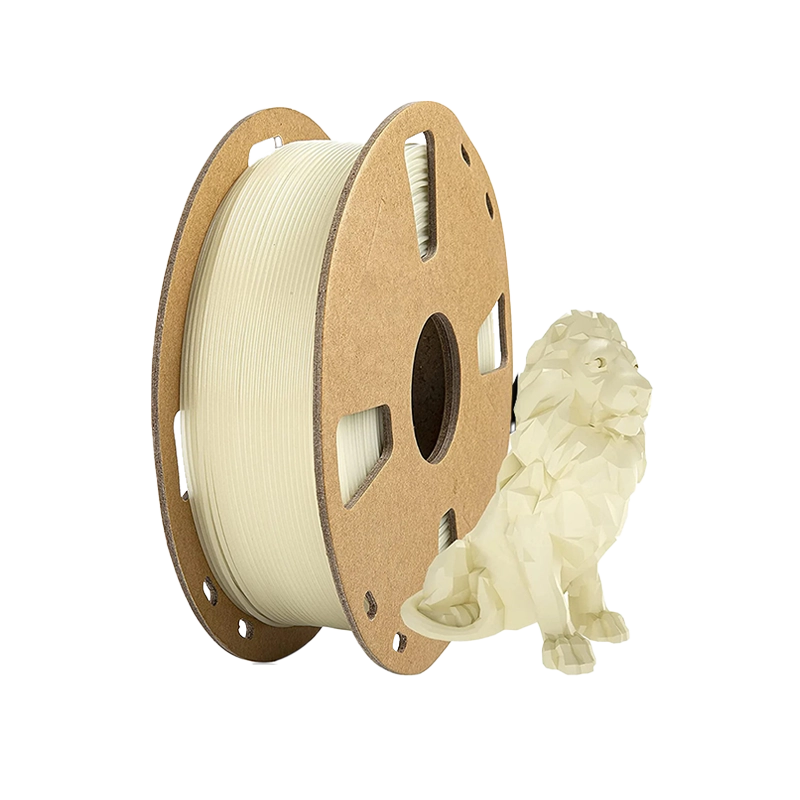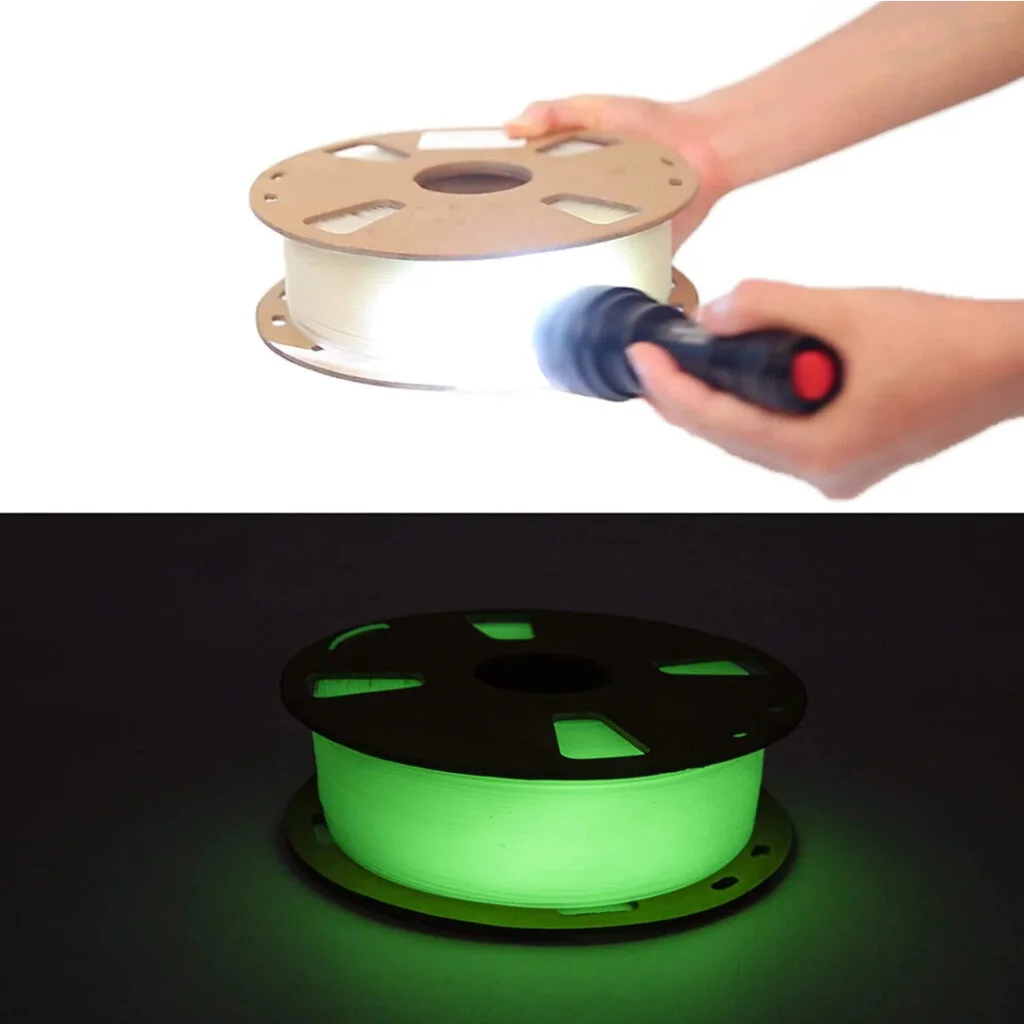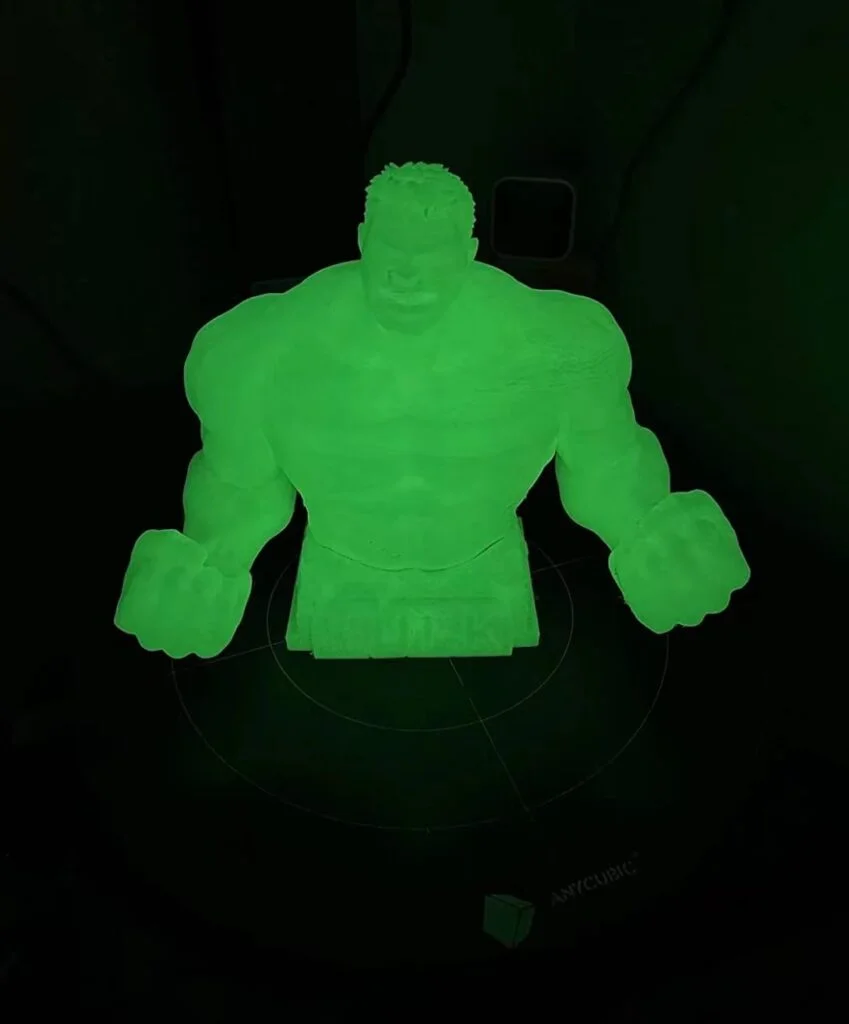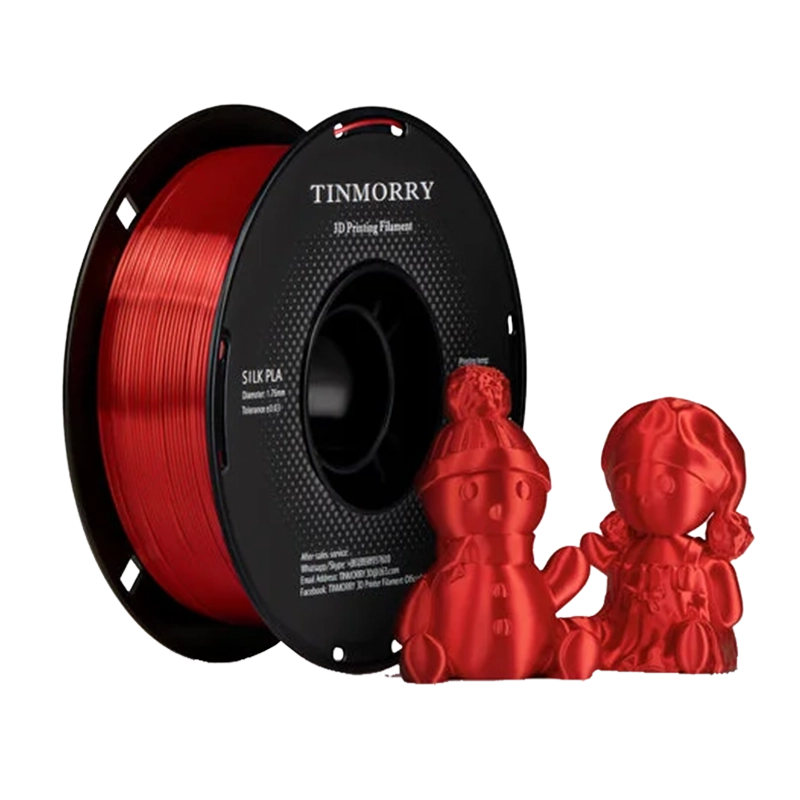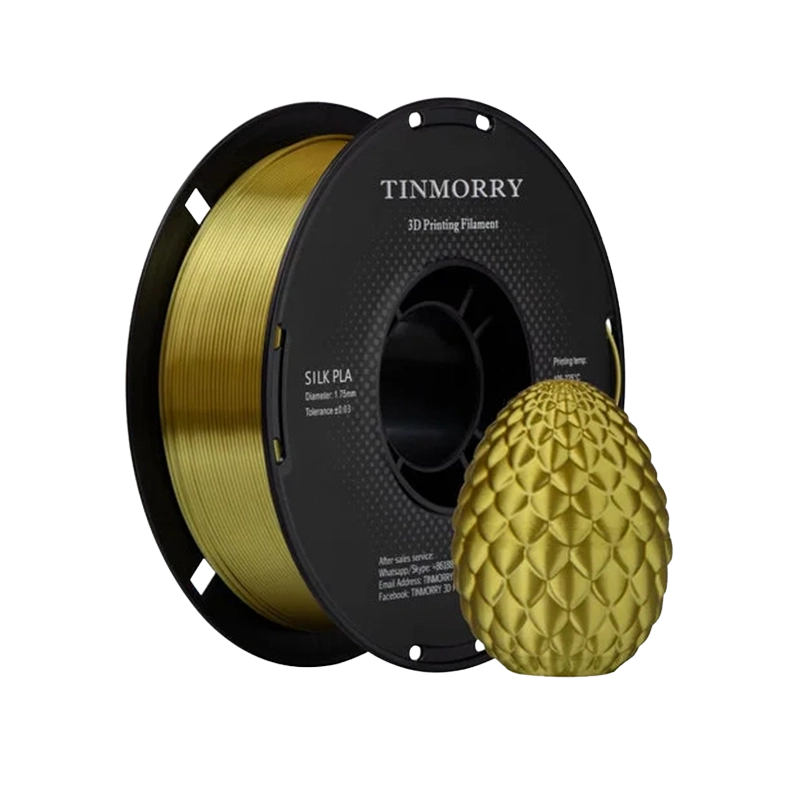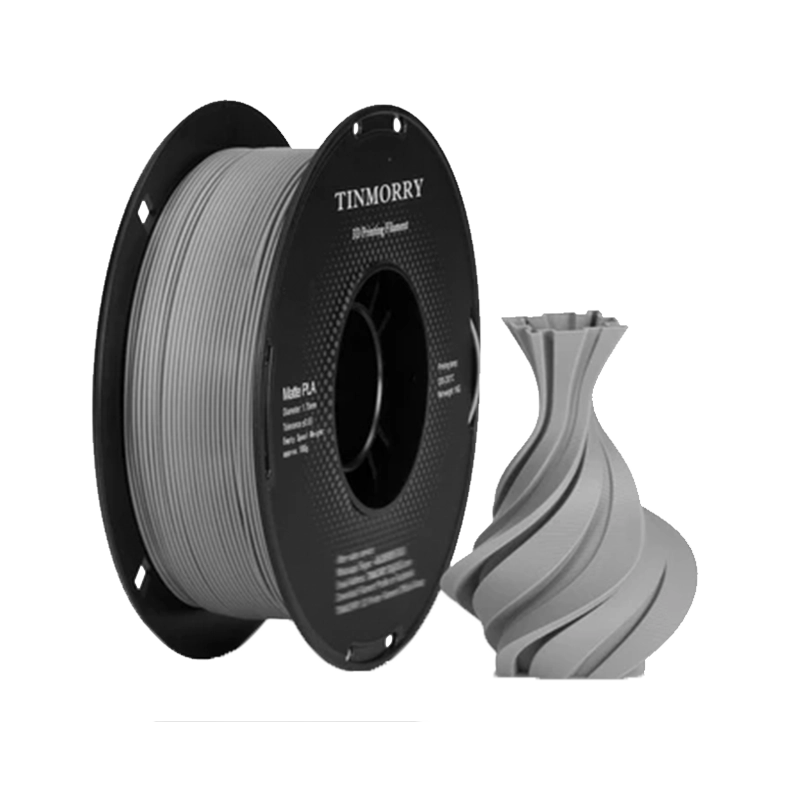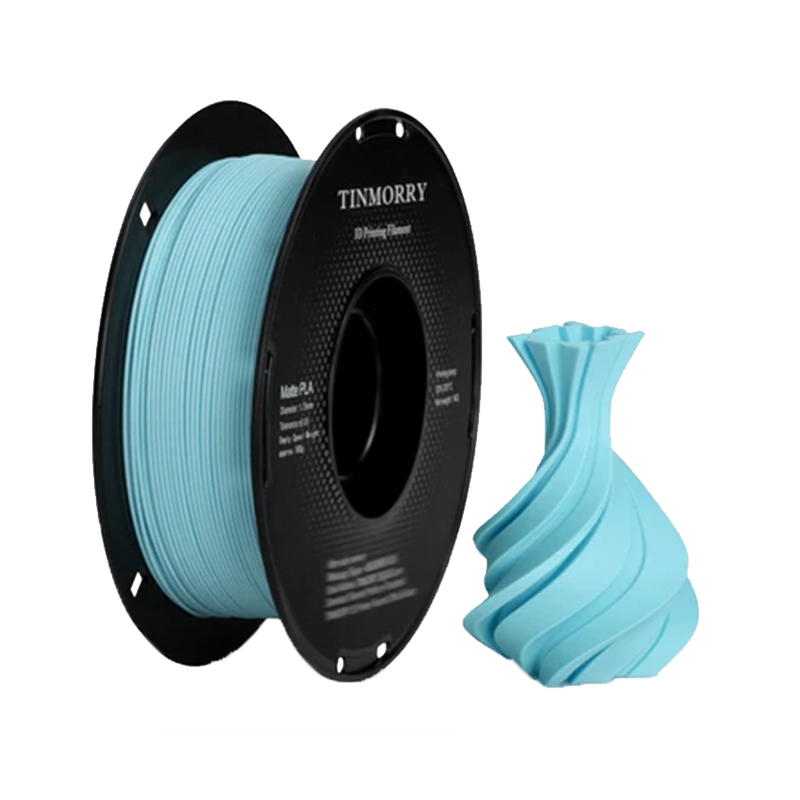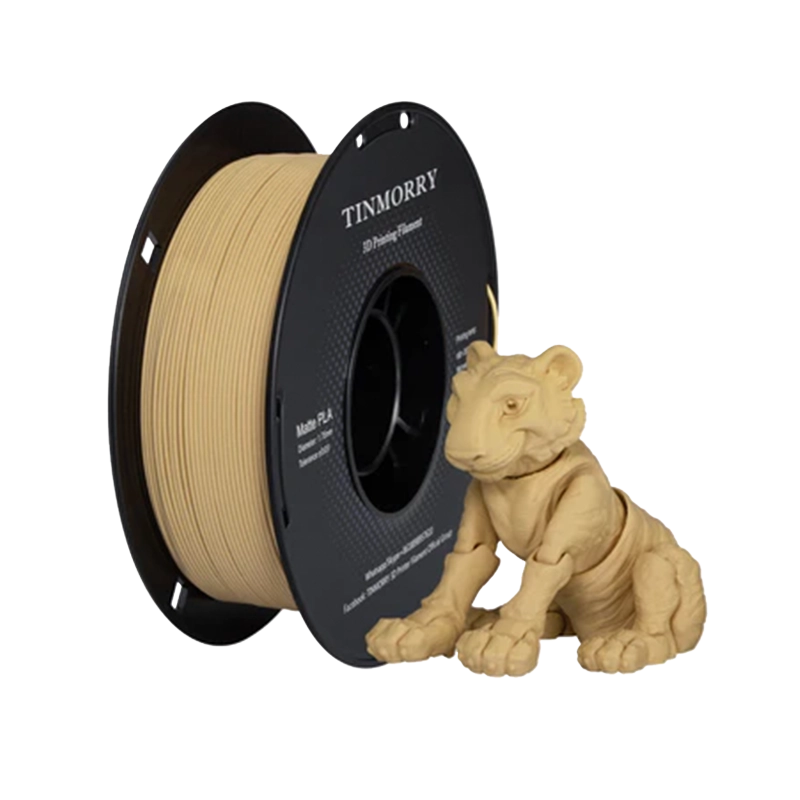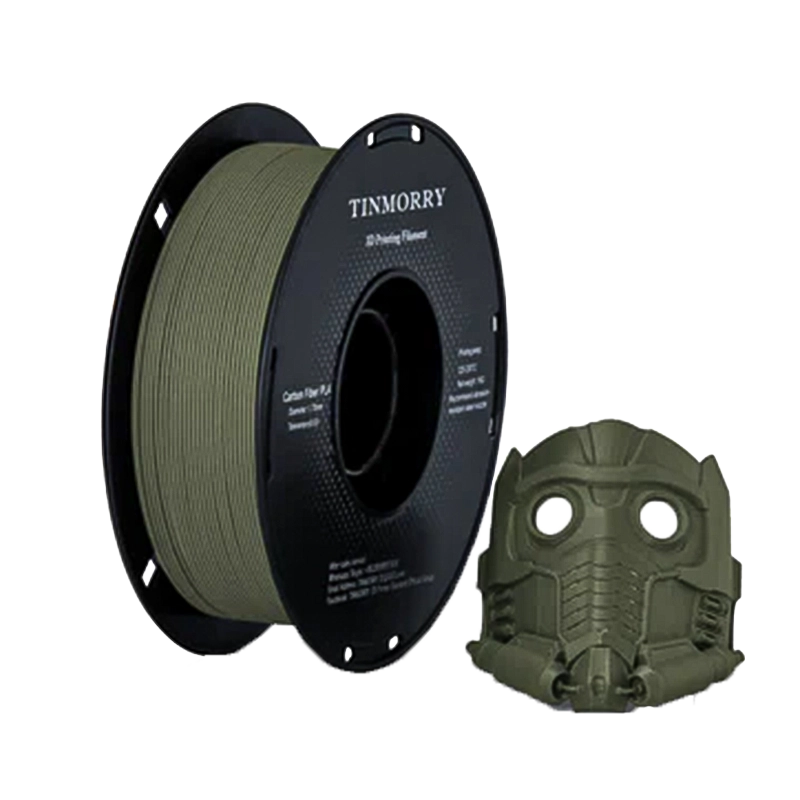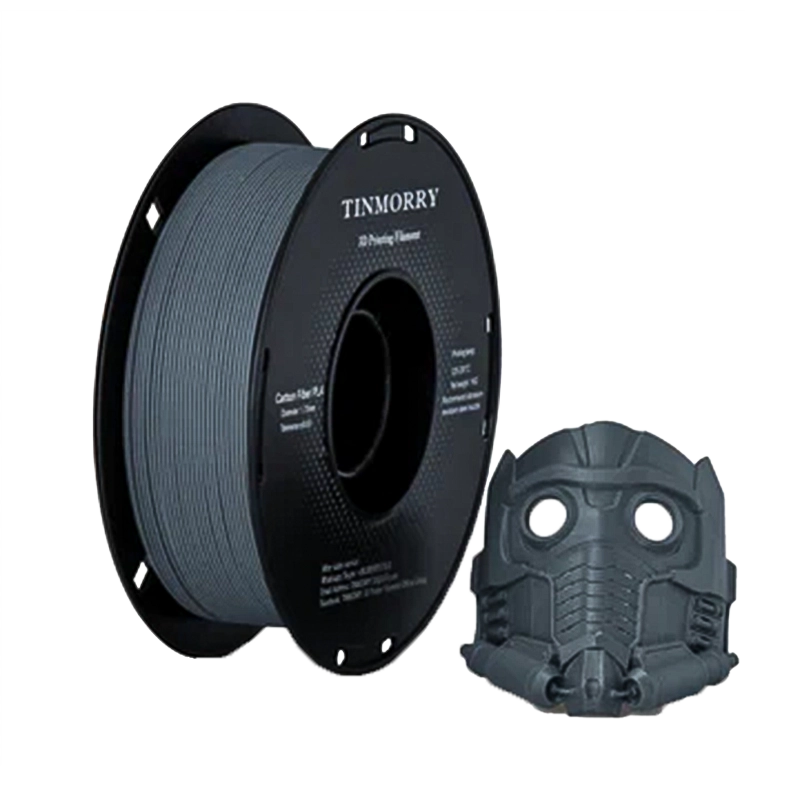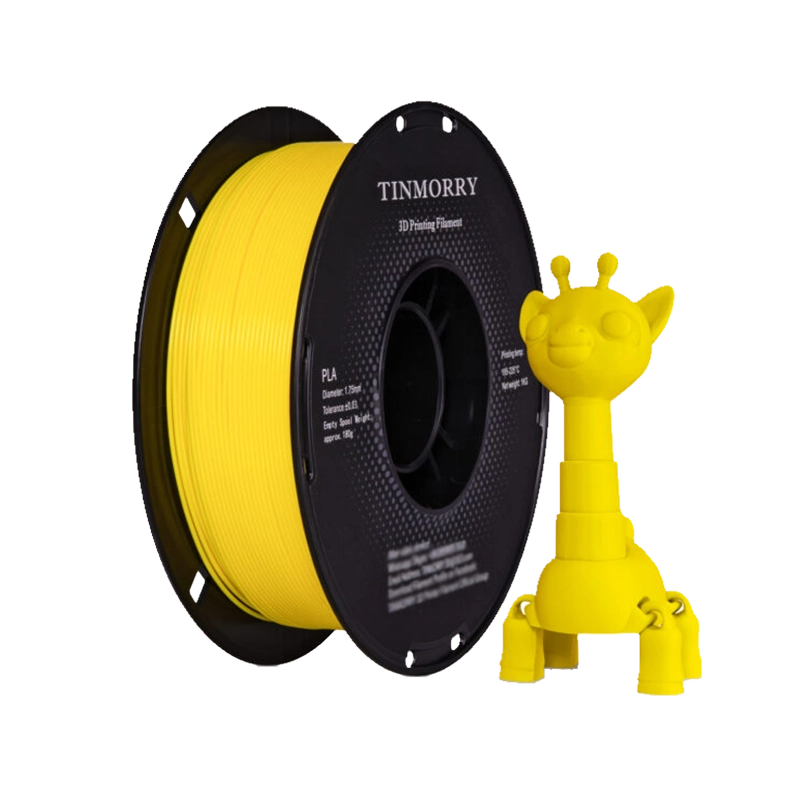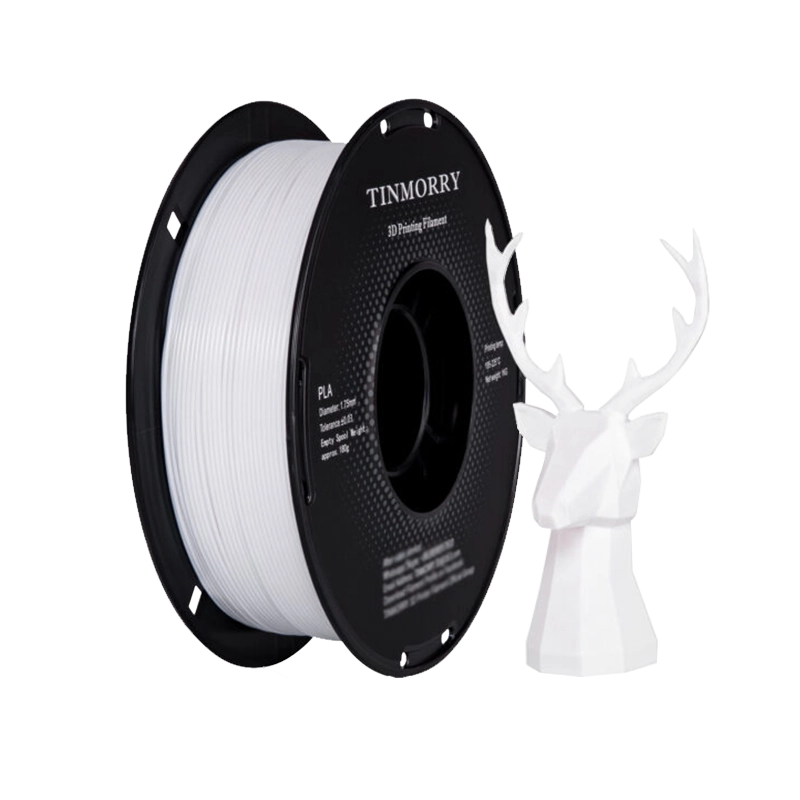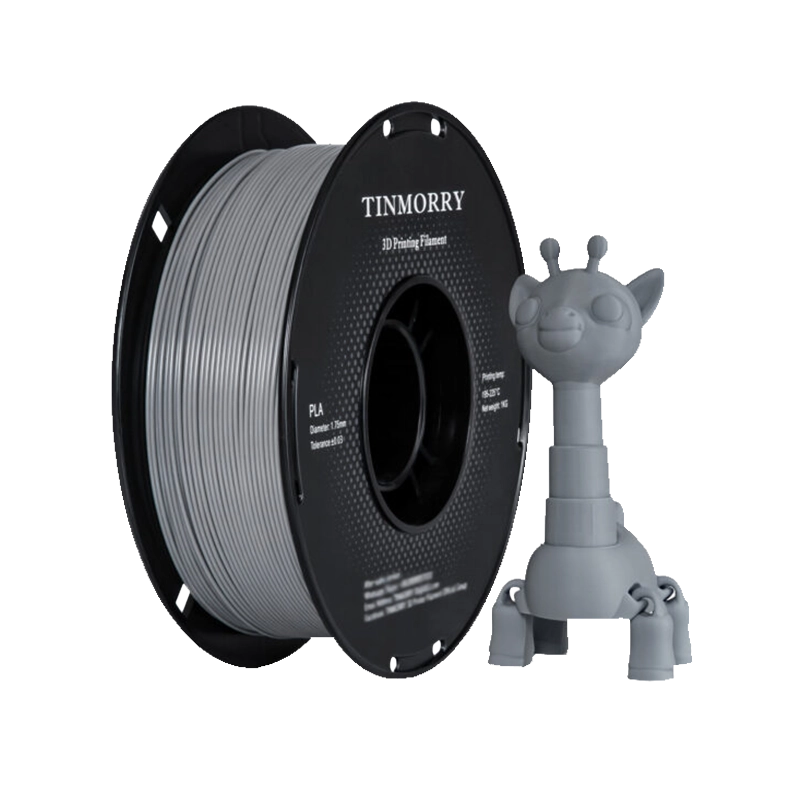What Sets TINMORRY PLA-Metallic Apart from Others
TINMORRY’s PLA metal filament is the go-to option for projects demanding a luxurious finish and visual impact. Unlike standard materials, this metallic variant features an elegant texture with excellent layer definition and dependable print quality.
Whether you’re creating display models or adding flair to practical items, it offers a reliable way to elevate everyday designs.
With its sleek, shimmering surface, TINMORRY’s PLA metallic delivers both style and structure, making it a preferred choice for designers, hobbyists, and professionals alike.
It bridges the gap between aesthetic appeal and dependable performance for those who want their prints to look as good as they function.
